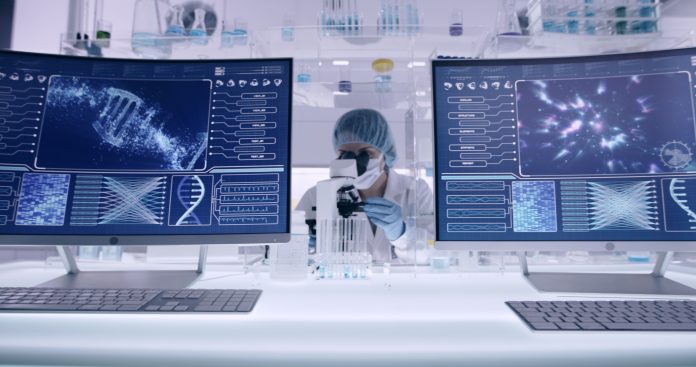The new NHS Long-Term Workforce Plan on Friday, 30th June, by Rishi Sunak, outlined a roadmap called “Train-Retain-Reform” to expand and enhance the NHS workforce over the next 15 years
The plan emphasises the importance of incorporating automated and intelligent technologies to ensure optimal outcomes.
Embracing technology to bolster the healthcare revolution
The success of Britain’s healthcare service in the long term relies not only on increasing the number of healthcare professionals but also on leveraging the power of artificial intelligence (AI) and intelligent automation.
Compared to other economic sectors, healthcare has not witnessed a proportional increase in output despite an expanding workforce. To bridge this productivity gap, technology is indispensable.
The importance of the NHS Long-Term Workforce Plan
The NHS Long-term Workforce plan identifies various technical capabilities that can assist with multiple tasks, including administration and diagnosis.
Beyond the attention-grabbing headlines about AI receptionists, we are witnessing the emergence of AI and internet-connected intelligent devices that enable virtual solutions. These services aim to enhance care, manage patient demand, and improve workforce efficiency.
Challenges faced by hospitals
One of the significant challenges faced by hospitals and the National Health Service is operating at total capacity. While healthcare providers aim to treat as many patients as possible, crowded wards hinder patient throughput.
Prolonged stays in entire communities increase the risk of cross-infection and lead to suboptimal health outcomes for patients. Additionally, it prevents the admission of new patients.

The concept of the virtual ward
Hospitals are keen to free up ward space, while patients prefer the comfort, cleanliness, and privacy of their homes in overcrowded hospital environments.
Virtual wards aim to address this by effectively treating patients at home, freeing up hospital resources and improving patient recovery times. However, successfully implementing virtual wards requires the right technology to ensure safe and effective treatment.
Remote monitoring and improved data insights for the NHS
An essential aspect of the NHS Long-Term Workforce Plan called “remote monitoring,” involves using smart healthcare devices that continuously transmit Internet of Things (IoT) signals.
This data creates a comprehensive view of a patient cohort
Additionally, electronic patient record systems will be automatically updated with periodic summaries of patients’ conditions, further reducing the burden on healthcare workers.
Looking beyond workforce expansion in healthcare systems
It is crucial to develop a robust technology strategy that streamlines patient and clinician experiences. By prioritising technology integration and simplifying processes, the healthcare system can unlock the full benefits of technology in delivering quality healthcare.
Healthcare providers must not solely focus on increasing their workforce
This piece was written and provided by Martin Taylor, Co-Founder and Deputy CEO of Content Guru.











